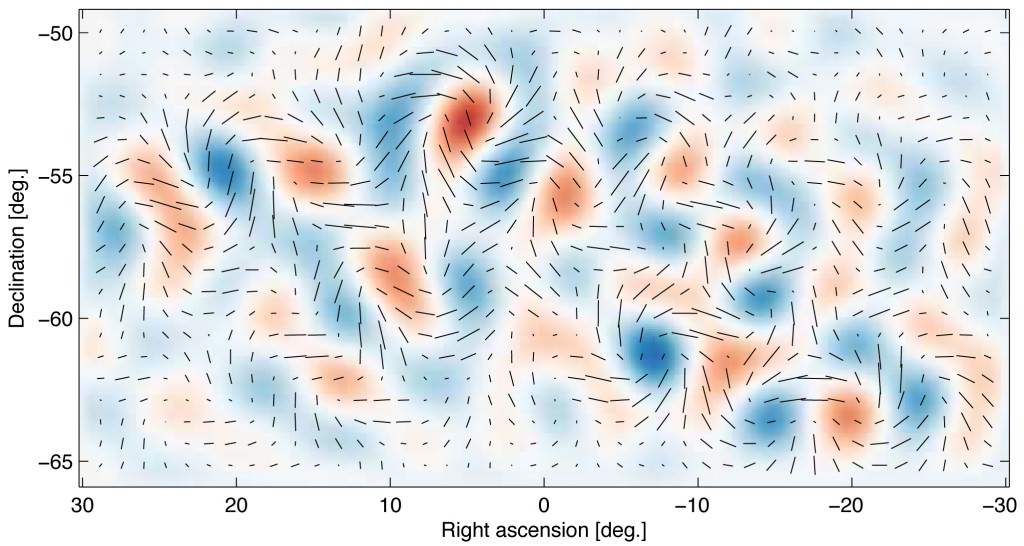Astronomers routinely explore the universe using different wavelengths of the electromagnetic spectrum from the familiar visible light to radio waves and infra-red to gamma rays. There is a problem with studying the Universe through the electromagnetic spectrum, we can only see light from a time when the Universe was only 380,000 years old. An alternate approach is to use gravitational waves which are thought to have been present in the early Universe and may allow us to probe back even further.
The concept of gravity waves is really quite simple. Imagine the fabric of space as an enormous sea. The movement of any object within that lake will cause ripples that permeate through the water. Just as a sea fog will limit the visibility, the ripples can still travel through . Gravity waves are like ripples in space caused by the movement of objects. It was an idea predicted by Einstein in 1916 in his General Theory of Relativity.
Gravity waves are not just a theory though, they have been detected. The LIGO-Virgo observatory detected gravity waves on 15 September 2015 from the merging of two black holes with 29 and 36 solar masses 1.3 billion light years away. There have since been over 100 detections so gravity waves are most certainly real.

Using gravity waves, Rishav Roshan and Graham White from University of Southampton believe they can probe the Universe’s earliest moments. In the early moments of the formation of the Univserse, space was opaque becuase the Universe was full of ionised gas and electromagnetic radiation could not permeate. It is this barrier that Roshan and White believe they can break through.
In their paper, they discuss three major strategies for detecting gravitational waves; pulsar timing arrays, astrometry and interferometry. The techniques are similar and all rely upon gravity waves disturbing the space in between elements of the systemn. In the case of the interferometer, the disturbance of space between the optics of the system reveal gravity waves; in pulsar arrays, the variation in timings of pulses from known pulsar systems gives away their presence and with the astrometric technique, tiny changes in the target object’s angular velocity reveal the presence of the waves.
Since their discovery, gravitational waves have provided invaluable information about events in the far reaches of the Universe. Now it looks like they can also be used to unlock some of the mysteries not only across space, but across time. To enable us to get a more fuller understanding of the Universe beyond the Standard Model (which was developed in the 1970’s it articulates how matter behaves taking account of the four fundamental forces; strong, weak, electromagnetic and gravitation) it seems gravity waves hold the key.
Source : Using gravitational waves to see the first second of the Universe

